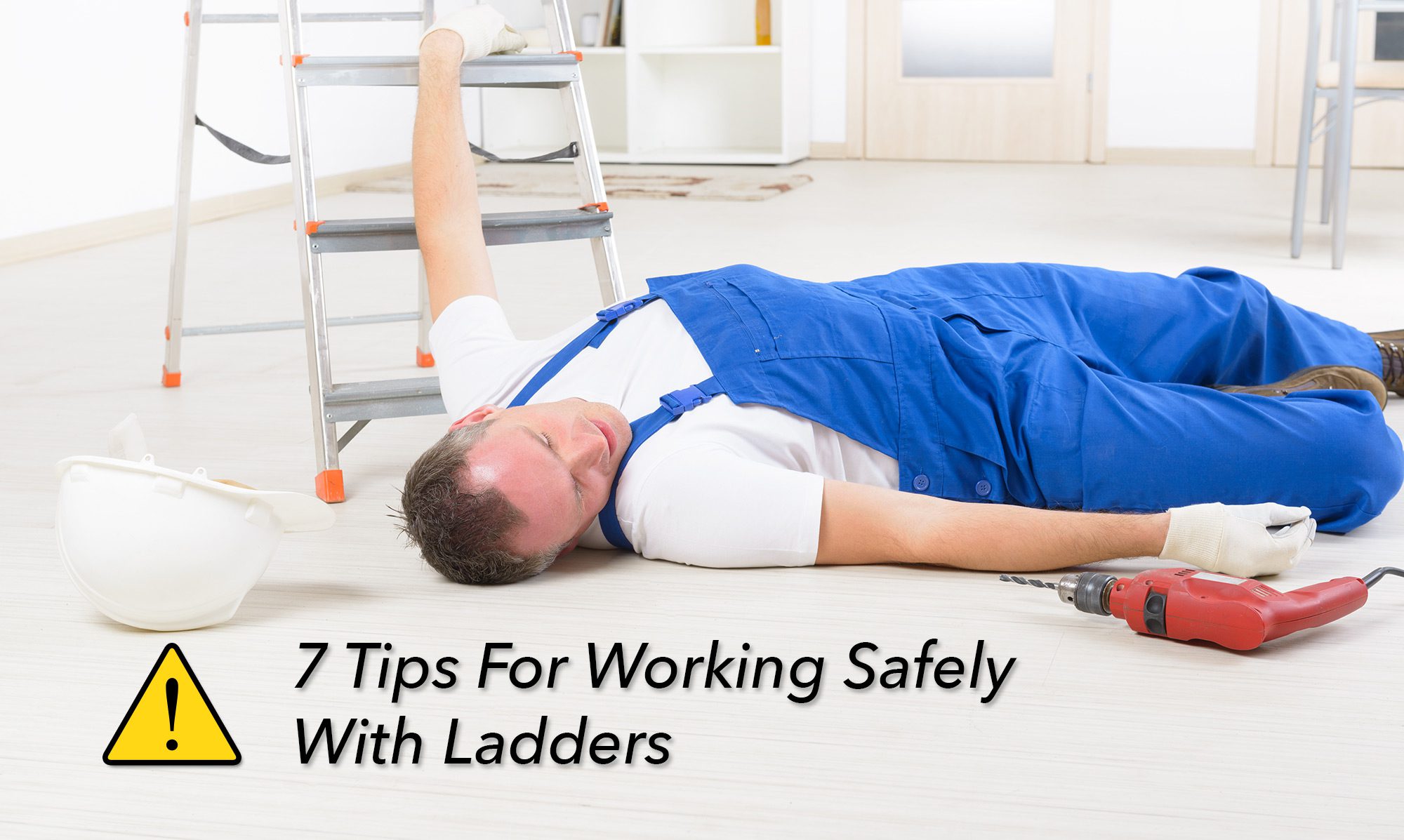Working at height can be dangerous or, in the worst case, even deadly. According to Occupational Safety and Health Administration (OSHA), workers who are six feet or more above the ground are at high risk for serious injury or death if they fall. Based on a WHO Report in 2016, falls from height are the second leading cause of accidental or unintentional injury & deaths worldwide. The study highlighted that approximately 20% of fall related injuries among construction workers involved a ladder and half of those accidents were due to people carrying items as they climbed.
Many people may not consider ladder safety to be a major issue, but the statistics clearly show that anyone working with a latter should consider the important safety aspects that may save them from injury or death. Ladders come in variety of shapes, sizes, and materials. There are portable wood ladders and metal ladders, also platform ladders, Trestle ladders, and many more. Each type of ladder has its own strengths and weaknesses and thus each may have different risk assessments and safety guidance. However, the most important thing to understand about working with a ladder is when you can use it; which is where the work is light and short, entailing no more than 30 minutes in one position.
Here are 7 quick tips on working with a ladder:
1. Before you use the ladder, please make sure there are no cracked or bent stiles or rungs, defective or missing fittings or ties, and that the ladder is free of corrosion.
2. Take note of any hazards in your work environment such as the weather, ground, and height.
3. Always secure your ladder by tying the base/midway/top stiles onto a strong & stable structure.
4. Remember C.L.I.M.B. supplied courtesy of Louisville Ladder:
C : Choose the right ladder for the job
L : Look for damaged or missing parts
I : Insure a safe, stable setup
M : Move carefully, using three points of contact
B : Be a safety expert, not a statistic
5. Remember the three points of contact rule: always maintain one hand – two feet or two hands – one foot when you are climbing or descending. Mind your hand free from carriage and always face the ladder.
6. Do not overreach and overload.
7. When you finish, please check the ladder for any damage and safely return it to storage.
While the quick tips above can help with safety and lessen the risk when using a ladder, they are not necessarily enough to prevent an emergency from occurring. What if an unpredictable slip or fall occurs? Those whose profession involves frequently working at height and/or with ladders may want to consider using additional safety equipment such as a fall arrest system as a further safeguard.
Samson Tiara can provide essential training for those who frequently work at height. Our two day Working at Heights course can provide you or your workers with the proper understanding and skills required to work safely at height, how to identify emergency situations, and how to use various types of fall protection equipment and rescue techniques when needed. Participants will go through both theoretical and practical exercises to ensure their competence to do their jobs and safely return to the ground.
For further reading:
Basic Ladder Safety – American Ladder Institute
http://www.americanladderinstitute.org/?page=BasicLadderSafety
EHS Today. CDC: There’s Nothing ‘Easy’ About Falling Off a Ladder http://ehstoday.com/construction/cdc-there-s-nothing-easy-about-falling-ladder
Health & Safety Authority, 2007, Using Ladder Safely, Dublin
Portable Ladder Safety – OSHA
https://www.osha.gov/Publications/portable_ladder_qc.html







